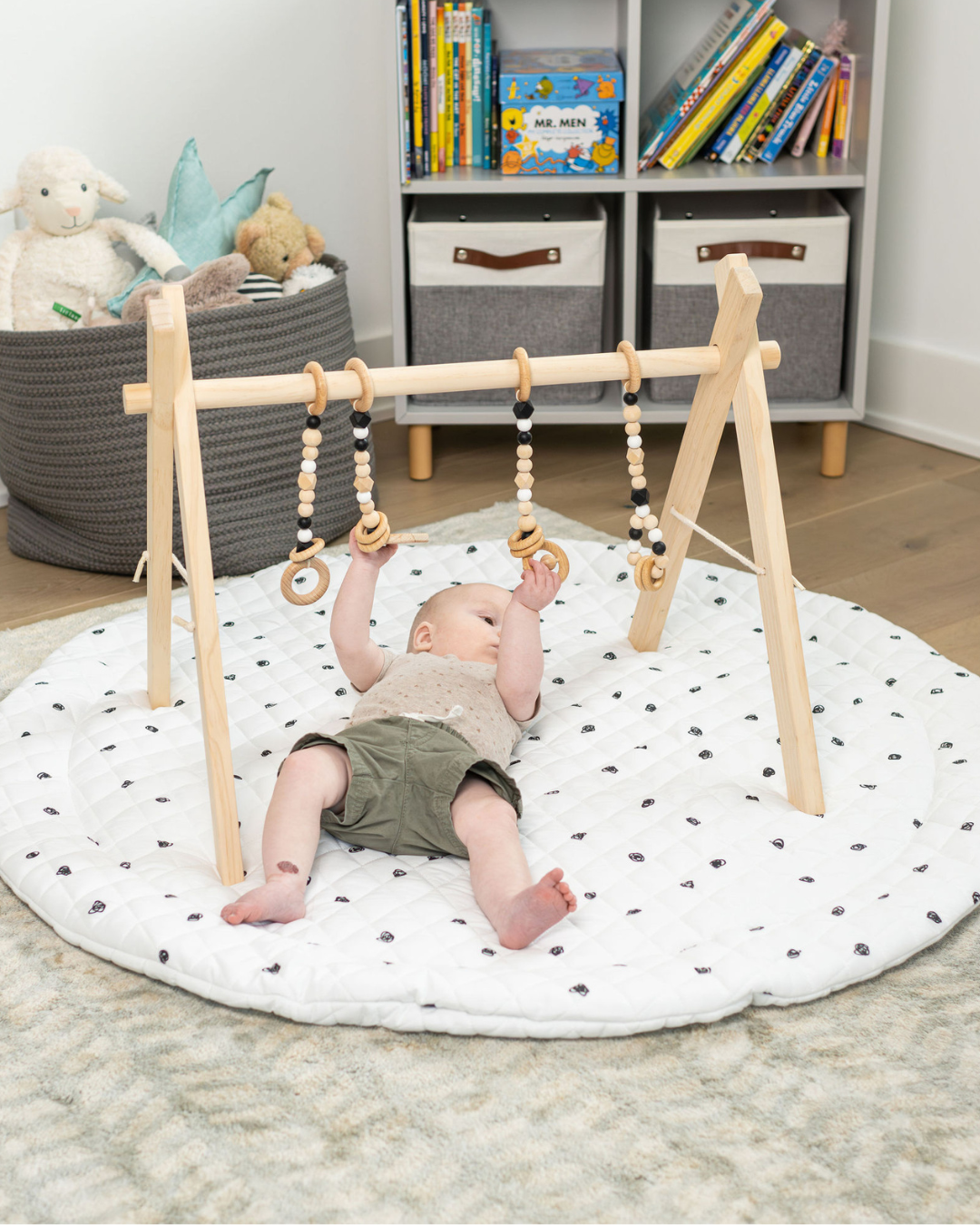What We Check During a Mold Inspection – Golden State Mold Inspections
What We Check During a Mold Inspection – Golden State Mold Inspections
Golden State Mold Inspections provides comprehensive mold evaluations for residential and commercial properties across Southern California. Our team specializes in identifying both visible and hidden mold growth caused by moisture intrusion, high humidity, or ventilation issues. Whether you’re experiencing symptoms of poor indoor air quality or planning a real estate transaction, our detailed inspection process gives you reliable, actionable answers.
We serve clients in beach communities like El Segundo, Manhattan Beach, Marina del Rey, and beyond—areas where excess moisture is a common problem. Our inspections go beyond surface-level checks to deliver a complete picture of mold conditions within your home or building.
Why Mold Inspections Are So Important
Mold can affect a structure long before it becomes visible. It thrives in areas with poor airflow and excess moisture—conditions that can occur inside walls, attics, HVAC systems, and even under flooring. Left unchecked, mold damages structural materials and may cause health concerns like headaches, fatigue, asthma, or allergic reactions.
At Golden State Mold Inspections, we use a combination of visual examination, advanced moisture detection tools, and professional sampling when needed. Our process is designed to detect mold early, giving you time to address problems before they get worse.
A Complete Breakdown of What We Inspect
Every building has unique vulnerabilities, so we tailor our inspection strategy to the specifics of each property. Our standard mold inspection includes the following key components:
Exterior Drainage and Structural Entry Points
We begin outside, assessing drainage, grading, rooflines, and the condition of foundation walls. Improper water flow or cracks can introduce moisture into basements, crawl spaces, or lower walls.
Attic Conditions
The attic is a common hotspot for mold due to trapped heat and poor airflow. We check for roof leaks, condensation, damaged insulation, or mold growing on rafters and plywood.
Crawl Spaces and Basements
In homes with crawl spaces or basements, we look for standing water, signs of past flooding, and ventilation issues. These areas are often ignored but are critical in any thorough mold evaluation.
Interior Walls and Ceilings
Mold often hides behind drywall or paint. We use moisture meters to detect elevated levels inside wall cavities or ceilings that suggest possible leaks or high humidity.
Bathrooms and Kitchens
These spaces have high moisture output. We inspect around fixtures, inside vanities, and underneath appliances to check for leaks or conditions that allow mold to form, like poor ventilation or high relative humidity.
Flooring and Baseboards
Moisture can collect under wood, tile, or carpet, especially after a leak. We examine these materials and check baseboards for signs of swelling or discoloration.
Windows and HVAC Units
Improperly sealed windows can lead to condensation, and HVAC systems can circulate mold spores throughout a building. We evaluate air registers, ducting, and filters for any microbial buildup.
Air and Surface Sampling (When Needed)
In cases of suspected contamination, we collect air samples to determine if airborne mold spore levels are elevated. We also take surface swabs from suspect areas for lab analysis. These tests confirm species types and concentrations.
Humidity and Moisture Mapping
We measure indoor humidity levels and track moisture using thermal imaging and non-invasive meters. These tools help us uncover the source of moisture and create a full picture of mold conditions.
When You Should Schedule a Mold Inspection
Golden State Mold Inspections serves homeowners, buyers, sellers, renters, and businesses. Many of our clients contact us in the following scenarios:
Pre-Purchase Home Inspections
Buyers often include mold testing as part of their due diligence before closing. Our team provides timely, unbiased reports to help you make informed decisions.
Post-Leak or Flood Damage
If you’ve experienced a pipe burst, stormwater intrusion, or roof leak, it’s critical to test for mold—even if cleanup was performed.
After Health Complaints or Odors
If occupants are experiencing unexplained respiratory symptoms or you’ve noticed musty smells, a mold inspection can identify whether indoor air quality is being affected.
Landlord-Tenant Disputes
In rental properties, mold complaints can lead to liability issues. We provide clear documentation and third-party verification to assist with resolution.
Clearance Testing After Remediation
Once mold has been professionally removed, we offer clearance testing to confirm that spore levels have returned to normal and cleanup was effective.
Why Clients Trust Golden State Mold Inspections
Our goal is to provide objective mold inspection and testing—not to sell cleanup or restoration. That means our evaluations are strictly fact-based, focused on helping clients understand the presence and extent of mold without conflict of interest.
Certified and Experienced Inspectors – Our team holds certifications in mold assessment and indoor environmental inspections.
Local Expertise – We understand the climate and construction challenges of California’s coastal and inland areas.
Non-Invasive, Professional Tools – We use thermal imaging, hygrometers, and laboratory-grade air and surface testing methods.
Fast, Clear Reports – Clients receive easy-to-read reports with photo evidence, moisture readings, lab results, and tailored recommendations.
Responsive Support – We are available to explain findings and answer your questions after the inspection.
Golden State Mold Inspections is your trusted partner for mold detection services, indoor air quality testing, moisture inspections, and pre-sale evaluations. With our detailed process and commitment to transparency, we help property owners make smart, informed decisions about their buildings.



